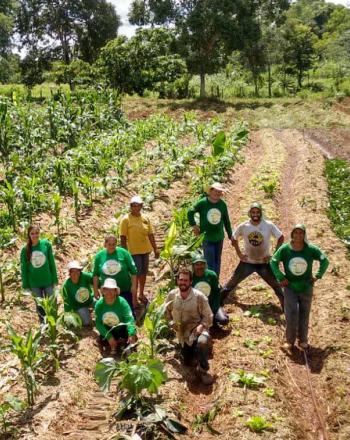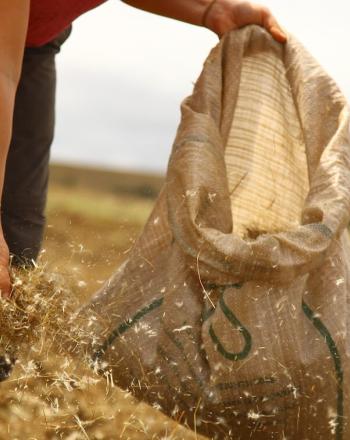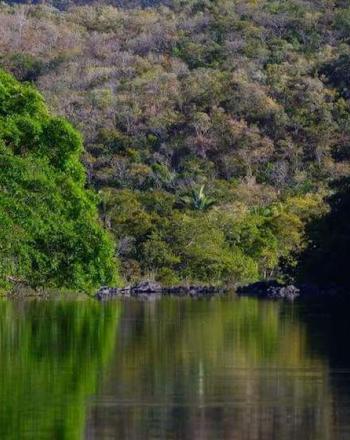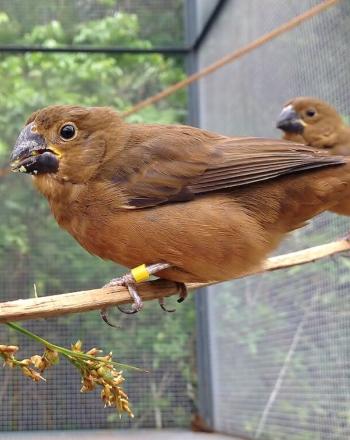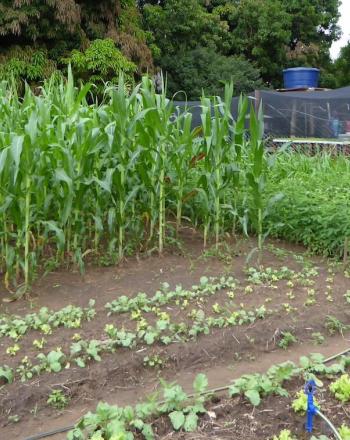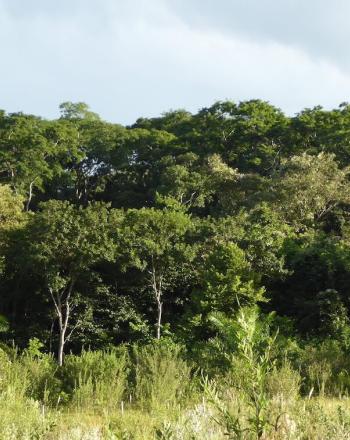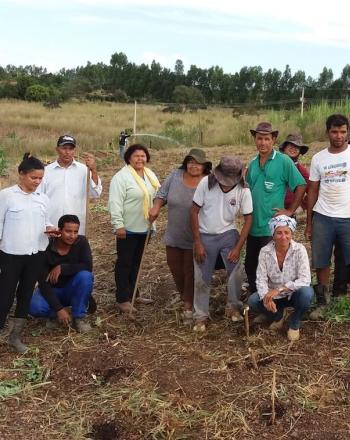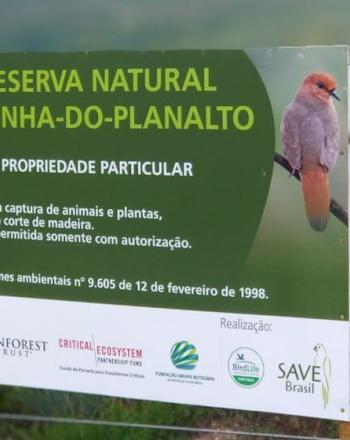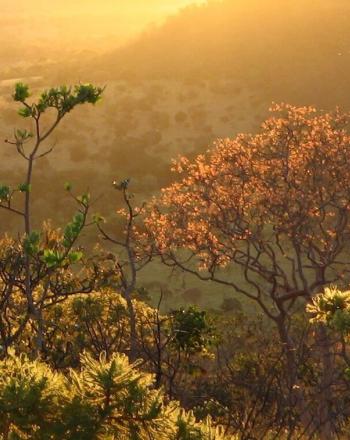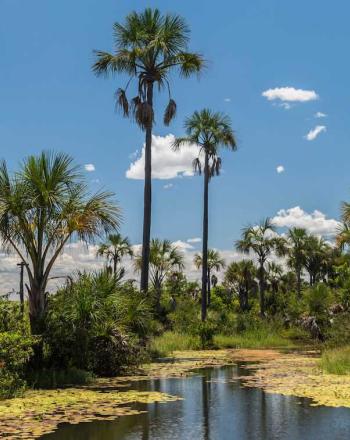Main menu
CEPF is a joint initiative of l’Agence Française de Développement, Conservation International, the European Union, Fondation Hans Wilsdorf, the Global Environment Facility, the Government of Japan and the World Bank.
Visitez le site français コア情報の日本語翻訳を読むOr use Google Translate to translate the English site to your language:
GTranslate
Priority KBA
Priority Corridor
Other KBA
Other Corridor
Cerrado
Currently Investing
Aryanne Amaral, RIT Leader
aryanne@iieb.org.br
Investment
2016 to 2021
US$8 million
2024 to 2026
US$4 million
Eligible Countries
Brazil
Ecosystem Profile
Ecosystem Profile, 2017 Revision
Ecosystem Profile Summary, 2017 Revision
Ecosystem Profile Summary Brochure, 2016
Stats
CEPF Strategy Strategy
About this hotspot About
Aryanne Amaral, RIT Leader
aryanne@iieb.org.br
Investment
Dates:
2016 to 2021
Amount:
US$6 million
Eligible Countries
Brazil
Ecosystem Profile
In contrast to the size of the Cerrado and the scale of threats facing the hotspot, funding opportunities for civil society organizations wishing to engage in conservation are currently limited. Conservation investment, therefore, must be strategic.
CEPF funding is helping civil society influence public policies and private initiatives toward conserving and sustainably developing the hotspot. Our investment is supporting the integration of sustainable production chains and creating incentives for sustainable business initiatives.
CEPF's highest priorities in the Cerrado include avoiding or minimizing the amount of new land clearing, restoring degraded lands and expanding the network of protected areas. These efforts will, in turn, help protect the Critically Endangered species found here.
In addition to civil society groups, CEPF investment targets communities of family farmers, indigenous and traditional peoples, and local networks in great need of capacity building.
Though the nearby Amazon and Atlantic Forest often garner the conservation spotlight, the Cerrado is arguably just as important in terms of its biodiversity and water and carbon services.
With a pronounced dry season, the Cerrado supports a unique array of drought- and fire-adapted plant species. Large mammals such as the giant anteater (Myrmecophaga tridactyla) and maned wolf (Chrysocyon brachyurus) are found here, too.
Human populations both within and outside the Cerrado’s boundaries depend on the region. Its biodiversity resources underpin the livelihoods of the millions of family farmers, traditional communities and indigenous peoples who live here.
Ecosystem services delivered by the hotspot are even more far reaching: The Cerrado is one of the world’s largest producers of livestock and agricultural products, and accounts for 30 percent of Brazil’s gross domestic product. It also provides much of southern Brazil with water for human and agricultural use through surface flow, groundwater recharge and atmospheric flows of water vapor. In addition, vast amounts of carbon are stored in the Cerrado’s forests.





